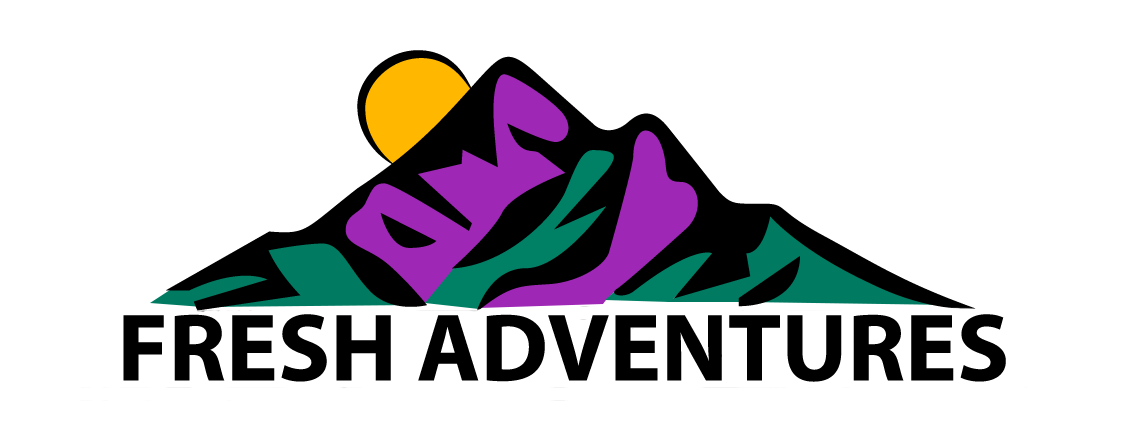Dreaming of a solo adventure in the USA? From glaciers in Alaska to red rock deserts in the Southwest, there’s a trip out there with your name on it. Whether you crave the freedom of the open road, the comfort of a guided tour, or a vibrant city base with nature at your doorstep, these five hand-picked trips offer inspiration, highlights, and practical tips. Discover the best ways to explore America—your way, on your own terms.
The Best National Parks In Canada For Hikers
From the cliffs of Newfoundland to the peaks of the Yukon, Canada’s national parks offer some of the most inspiring hikes on Earth. Lace up your boots and step into landscapes where fjords, rainforests, and alpine meadows unfold at every turn. Here’s your guide to the very best hikes across Canada’s wild heart.
The Best Waterfalls in the Canadian Rockies
The Best Tours On Vancouver Island
The Best Things To Do On Vancouver island
Must See Places On Vancouver Island
Best Guided Hiking Tours In USA | Beginner to Advanced
These are the best guided hiking tours and walking vacations in the USA. We have rounded up the top rated and best deals on guided hiking trips for beginner to advanced hikers. These are the perfect USA hiking packages for anyone looking for a quality vacation, whether traveling solo or with a group.





















